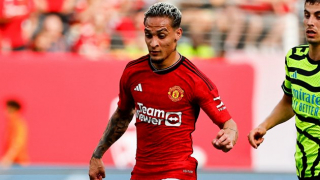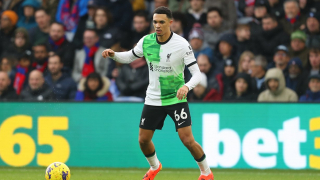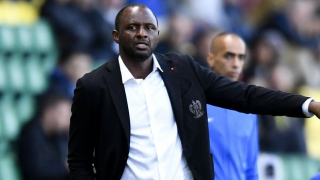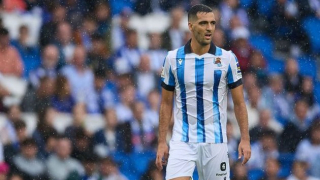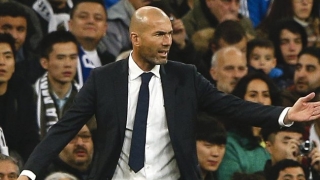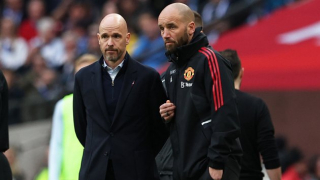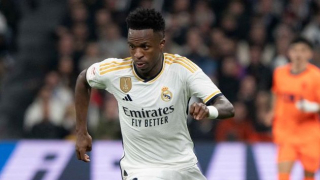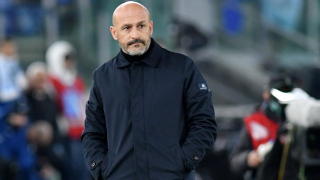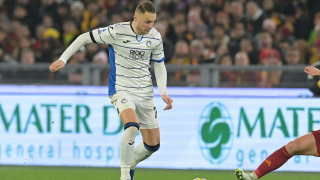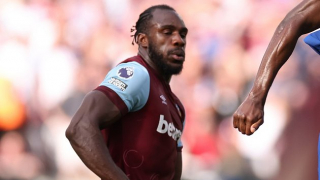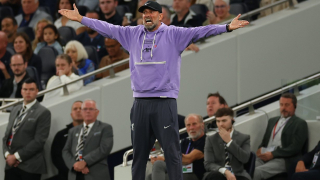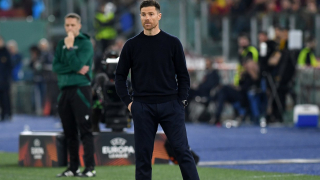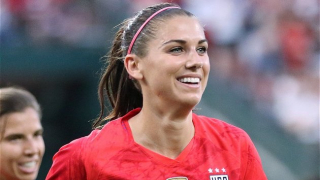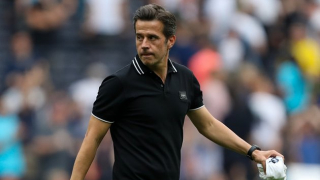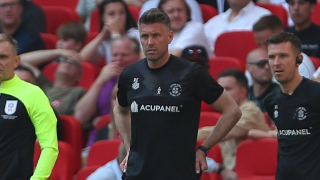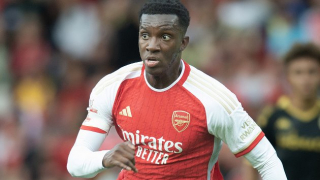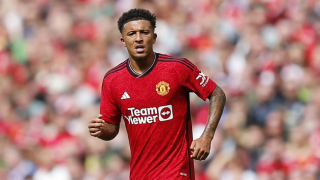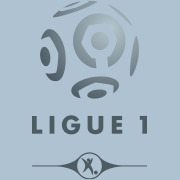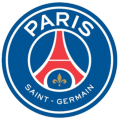Under Tite's management Brazil have experienced a remarkable resurgence. After a difficult start to World Cup qualifying and a desperately poor group stage exit at the 2016 Copa America, the 57-year-old was brought in to replace Dunga and oversaw an immediate upturn, leading the Selecao to victory in each of his first nine matches in charge.
Thanks to improvements all over the pitch, Brazil reached this summer's finals in Russia as winners of the CONMEBOL qualifying section, establishing themselves as by far the best team in South America along the way. With a clear tactical approach in place, they are among the four main favourites for the 2018 World Cup, along with Germany, Spain and France.
PROBABLE LINE-UP
(4-3-3): Alisson; Danilo, Silva, Miranda, Marcelo; Paulinho, Casemiro, Fernandinho; Coutinho, Jesus, Neymar
The only serious team news for Brazil ahead of the World Cup was that Dani Alves suffered a knee injury ruling him out of the tournament. As a result, Danilo is likely to start at right-back this summer, though apart from that there will be very little change from the team that Tite has stuck by for much of the last two years.
Alisson will get the nod over Ederson as the team's No.1, while Thiago Silva and Miranda form a solid centre-back partnership at the heart of a back four. Marcelo will provide overlapping runs from left-back, and he will be expected to combine well with Neymar on that side. On the right, it is not so clear who Danilo will combine with – Willian and Philippe Coutinho have both been utilised on the wing.
Recent friendlies have highlighted one potential issue in midfield. Casemiro is usually joined by Paulinho and Fernandinho, though this may be too conservative for games in which Brazil dominate possession. With this in mind, it wouldn't be too surprising to see Coutinho or Renato Augusto come in for Fernandinho.
RECOVERING FROM 1-7
Four years ago, Brazil's World Cup party ended in the worst imaginable way. As hosts, many expected them to win the tournament, but they ultimately lost 1-7 to Germany in the semi-final.
Following that night, and Dunga's underwhelming return, Tite has prioritised functionality. The result of this is a more cohesive outfit that perhaps represents Brazil's finest defensive unit in decades.
Tite's side are more interested in containment than they are in pressing aggressively high up the pitch. Generally, they sit off the opposition's first build-up line, with the front three forming a narrow five with the outer central midfielders, and the defensive line sitting closer to halfway than their own penalty box to reduce space between the lines. An example of this compact defensive structure can be seen below in a graphic taken from their March friendly win over Germany.
Rather than apply pressure to the Germany centre-backs, Gabriel Jesus (striker), Willian (right winger) and Coutinho (left winger) stay in close proximity to one another with the intention of blocking German passes into central midfield. To support this, Paulinho and Fernandinho move up to gain access to Germany's central midfielders, ensuring they can apply immediate pressure if Brazil's first line of defence is penetrated.
This structure means Brazil are difficult to play out against, often forcing opponents to target the generally less dangerous wide areas or hit long balls in order to progress up the pitch. The alternative for opponents is to play into midfield and risk turnovers deep in their own defensive third due to the intense pressing of Paulinho and Fernandinho.
Germany showed that there are ways to manipulate this man-oriented approach, having one of their central midfielders, Toni Kroos, drop deep on the left side of their centre-back duo. This allowed both their full-backs to push high down the flanks, which in turn forced Willian and Coutinho deeper. With Brazil's central midfielders conscious not to step up too much and risk leaving the centre open, Germany faced less pressure on their build-up.
However, even if Tite's defensive structure can be manipulated, it remains difficult to open Brazil up. During the manager's 20 games in charge, they have kept 15 clean sheets, conceding just five goals. Argentina, England and Germany are among the teams to have not scored against them. Clearly, the lessons of 1-7 have been learned.
FUNCTION OVER FLAIR
Tite's tactical re-focusing has undoubtedly made Brazil more functional as a whole, but their attacking play isn't always so connected. Consequently, they do still occasionally rely on Neymar's individual brilliance to get them out of tricky situations.
Compactness remains a theme when Brazil have the ball, as both full-backs stay deep during build-up. The major benefit of this is that the reduced distance between the centre-backs and the full-backs lessens the chance of interceptions being made when they pass amongst one another. However, there is also the downside that the centre-backs lack wide out-balls, which can be helpful in relieving pressure.
In the recent 2-0 friendly win over Croatia, Tite's side struggled to build possession from the back not only due to the deep positioning of the full-backs, but the rigidity of their attacking setup. Up against a man-oriented 4-4-2 that saw the opposition's front six mark their back four and deeper central midfielders, Brazil were forced into sideways passing and, eventually, ineffectual long balls to a frontline lacking height.
The above graphic illustrates this issue. Sideways passes from Brazil's centre-backs acted as triggers for the Croatia front two to press while forming cover shadows on Casemiro and Fernandinho behind them. But instead of altering their position to offer an option, Casemiro and Fernandinho, as well as Paulinho further up, remained static and inaccessible. This lack of dynamism meant that Miranda and Silva had no open passing lanes, so Brazil could not progress possession safely into the middle third.
There are two potential solutions to this problem. One is obvious: bring Coutinho into central midfield in place of Fernandinho. The Barcelona playmaker would offer more movement off the ball, more mobility, and more control, all of which could be crucial against World Cup group stage opponents such as Switzerland, who are likely to defend in a similar manner to Croatia.
Another simple solution would be for Brazil to make better use of their goalkeeper's qualities. In Alisson they have one of the best sweeper-keepers in the world right now, but he is rarely involved in build-up.
The below graphic shows how he could facilitate better possession play. Acting as the free man, he creates a 3v2 situation to out-play Croatia's pressing.
Once Brazil move into the middle and final third they rely on the movement and skill of the wide players to cause problems. As opposed to the overlapping Marcelo, the right-back operates more centrally, driving infield frequently. This is done to provoke pressure from the opposition midfielders while Neymar and co. make runs on the blind side. The right winger will be responsible for providing width on their side in such situations.
Tite likes his wide players to come infield where possible, however, giving them relatively fluid attacking roles. This allows Neymar and Willian or Coutinho to drop back and receive possession from deep. From there, they can make full use of their exceptional dribbling abilities to attack the opposition's defensive block.
Brazil are a more organised side than they were four years ago thanks to Tite, who has given opportunities to the likes of Casemiro, Paulinho and Gabriel Jesus. With a stable style and line-up, they are more than capable of going all the way this summer.
Read: The Secrets of Success - World Cup Edition: How Messi can lead Argentina and win the missing trophy


